Panama City Tour
I spent a few days in Panama City, the capital of Panama. As I love walking, I walked a lot to some hotspots but also took a Panama City Tour with Barefoot Panama to learn interesting facts about Panama capital.
On Sunday at 8.30 am I was picked up by Kevin who’s been running tours in Panama since 2007. When driving through no traffic (thank you, Sunday morning for such an unexpected treat!) to the Panama Canal, Kevin gave us a lot of first-hand insights about the country in general and also its capital.
I learned a few crucial facts on Panama City Tour:
- Panama was discovered in 1502 and then the first Panama town – Panama Viejo was founded in 1524.
- the Spanish used to transport gold from Peru up to the Pacific via 2 main routes – 1) along Camino Real to Nombre de Dios bay and Portobelo which was destroyed by the pirates; 2) Camino de Cruces which forms a national park now on the Chagres river
- Captain Morgan sailed the river and destroyed Panama Viejo in 1671 so the Spanish moved to a new area and built Casco Viejo
- we drove through Clayton fort in the suburbs of Panama City where the City of Knowledge (Ciudad de Saber) is located now
- then we also passed next to the green lungs of the city – the Metropolitan National park which is the only rainforest within a city’s limits in the world
- the last pirate attack in Panama City was in 1756
- in 1821 Simon Bolivar liberated Gran Colombia of which Panama was part at that time
- in 1855 the Gold Rush began in San Francisco area and the 80-km long railway from Colon to Panama City was built by the Kansas City Railroad. It’s been the longest intercontinental continuously running railway in the world with mostly cargo cars running 24/7 and 2 passenger trains per day – a morning Panama City to Colon passenger train together with an afternoon train from Colon back to Panama City (as I heard Colon is a bit dangerous and not a very nice town to live in so many locals live in the capital and commute to work every day by train). It’s a very scenic train so also recommended for tourists – you can do one way on the train and come back on a ship through the Panama Canal.
- in 1869 Ferdinand de Lesseps, a French builder, completed the Suez Canal and then in 1879 he came down to Panama
- in 1880 the French wanted to build a sea level canal through Panama but they failed because of 3 main reasons: 1) clay soil so you have to dig it and it fills up by itself like sand again, so it was not easy at all; 2) corruption was a huge problem in there already in the past – the project was not really getting built; 3) diseases = the French didn’t know what was causing malaria, dengue and yellow fever so placed all the infected people into a tent where 22,000 died as they believed it was the swamp gas releasing from the Earth that was making people sick but in reality it was the mosquitoes. And they even made it worse spreading buckets with water around to kill ants which just attracted more mosquitoes and thus more diseases. Because of these 3 reasons the French investors went bankrupt in 1889 and simply gave up trying to build a sea level canal.
- afterwards, the US investors wanted to build a canal through Nicaragua but the 5 volcanoes make the country soil very unstable so the plan moved back to Panama
- Roosevelt ”helped” the Panamanians, the Panama became independent and got the Panama canal zone 50 miles long and 10 miles wide
- in 1904 Panama signed a treaty granting the US rights to build a canal. The Americans learned from the French mistakes, identified that it was the mosquito causing malaria and yellow fever and due to better administration managed to build the canal faster. The US also failed to build a sea level canal so came up with the idea of locks system, created Gatun lake above sea level so the ships basically go 85 feet above the sea level, not through it
- the US managed to build in 1 day what the French did in 1 month
- the Panama Canal was finally completed in 1914
Then Kevin paused throwing all the facts at us as we reached the Miraflores Locks at the Panama Canal.
Panama Canal:
- Number 5 on National Geographic’s 100 Journeys of a Lifetime
- the Eighth Wonder of the world and one of the 10 places to visit in Panama
- it took 45,000 – 250,000 people (the number differs) 10 years to build it
- we visited the Miraflores Visitors Center just 20 min from downtown which opens at 9 am – as I was told, this is the best time of the day to visit it even though many booklets and travel guides say you should visit at 2 pm when the ships go from Colon to Panama City but it gets overcrowded in the afternoon
- we were observing the ships transiting the locks from the balcony – I recommend you to take the elevator up to the 4th floor for the best views
- the ships rise and drop 3 times more than 50 feet in the locks (Miraflores locks, Pedro Miguel and the locks in Colon)
- it can take around 5 hours for smaller vessels to pass through the canal and 10 – 12 hours for big vessels
- when in 2000 Panama took over the canal, the US raised the toll price to compensate it
- the Panama Canal makes around $1.6 billion profit
- around 200 million liters of water are necessary to run the canal
- the cruise ships have priority when passing through but they need to make a reservation like 6 months ahead of time
- in 1926 the toll to cross the canal was $0.36
- the most expensive toll paid so far per 1 ship for 1 canal crossing was $4,000
- the walls of the canal are 50 ft thick
- the boats pass through on their own power but they are guided by the locomotives so they don’t hit the canal walls
- there’s a great Canal-view restaurant at Miraflores – heard the best things about it but I haven’t eaten there myself
- after watching the ships to go through, head off to the 3D Theater on the 1st floor – a short Spanish movie about the canal facts starts every hour at 30 minutes (the first one is at 9.30), while the English one at the whole hour (starting since 10 am)
- then do not forget to visit the Museum exhibits too that explain the history and workings in the canal. There’s this cool thing where you walk in and it measures how much water you got in your body; then also a place where you see what the ship captains see when crossing the Panama Canal.
- the Panama Canal expansion started in 2007 to allow greater volume and size of ships to pass through the 50-mile long waterway but the canal will be small enough for 2 kinds of ships to pass (and in the future bigger ships will be made so the canal will have to be expanded again in a few years to let all kinds of world ships sail through).
From the Miraflores locks we drove to the Cerro Ancon, a quiet neighborhood of the rich located on a hill with great views of Panama City. Monkeys, deer and birds can be spotted around the 650 feet high mount. Just remember that the gate to Cerro Ancon is open for visitors only throughout the day, not at night.
There’s 2 viewpoints on Cerro Ancon – you get to see Panama capital, both downtown and Casco Viejo from the viewpoint on the right; and then the Bridge of the Americas, Panama Canal and the Centennial Bridge crossing the canal from the viewpoint on the left. Oh, and for the first time ever I saw how cashew nuts grow on a tree together with the cashew fruit :)
After visiting Cerro Ancon, we drove to Amador Causeway which was named after the first President of Panama, Manuel Amador Guerrero. On the way there we passed the Frank Gehry Biodiversity Museum, a very colourful metal building designed by the famed architect Gehry. It was supposed to open in 2013 but has not yet. Well, that’s Panama!
Amador Causeway:
- some of the best views of Panama City skyline are from here
- the causeway is connecting Panama City with 4 small islands: Naos, Culebra, Perico and Flamenco
- built in 1913 from the rock extracted from the Panama Canal
- there’s a picnic area and it’s also popular for jogging and cycling
- open air restaurants – we had lunch at one of them called Mi Ranchito (on Sundays it is better to make a reservation as it gets busy, other days it is fine to just come over for lunch). I ordered a summer salad (ensalada de verano) with fried green plantains (patacones) and coconut water (agua de pipa)
- then we visited the Punta Culebra Nature Center owned by the Smithsonian Institute of Tropical Research where you can watch sharks and a turtle, slots, or even touch starfish in a new touch pool. And we saw a really cute slot with a slot baby :)
Kevin also told us about Barro Colorado island located in a lake forming part of the Panama Canal which is a working laboratory by the Smithsonian Institute of Tropical Research. The island hosts incredible 102 mammal species, 381 bird species and 1316 plant species. Now also tour operators are allowed to the island for day trips but it used to be only the scientists in the past.
After a nice walk through Punta Culebra, it was the time to visit the historic town. Getting the last skyline photos driving away from the Amador Causeway, we made it to Casco Viejo, parked the car and took a stroll around some hotspots.
Casco Viejo:
- a Spanish colonial city from the 17th century, now rejuvenated old quarter
- French and American style building from the time of Panama Canal construction
- UNESCO World Heritage Site since 2003
- many historical buildings are undergoing restoration
- police present all the time around
- the main square is Plaza Bolivar but there’s a few other squares
- many souvenir shops around, galleries, coffee houses, stylish restaurants
- visit the San Jose Church with the Golden Altar, the Convent of Santo Domingo with Arco Chato and the Metropolitan Cathedral
- similar to Old Havana or Old San Juan
- French Panama Canal monument with great views and a rooster statue on top of it. Why rooster? It’s ”the only bird that stands in its own shit and still sings” that’s why it is there as a symbol :D
- Craig (James Bond) in the Quantum of Solace filmed at Casco Viejo – one of the places was the National Institute of Culture at the Plaza Francia which was named Hotel Colombia in the movie
For more information about Panama City tour, please check out Barefoot Panama website. Many thanks to Kevin for taking me around and giving me so much information about Panama City.
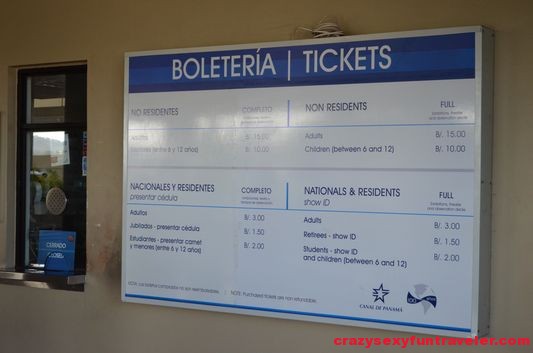
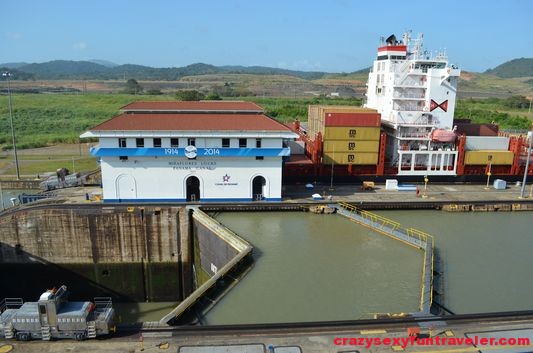
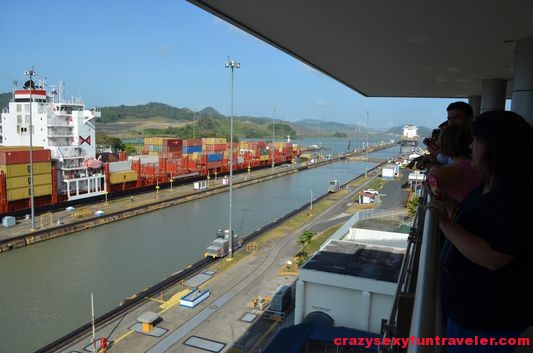
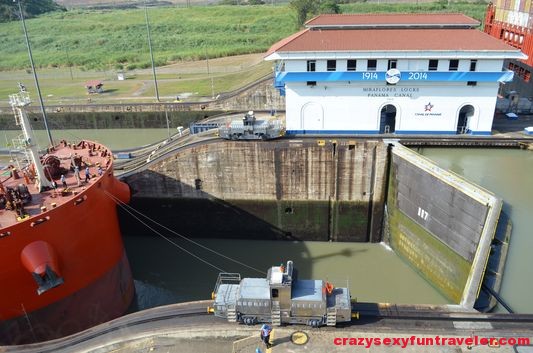
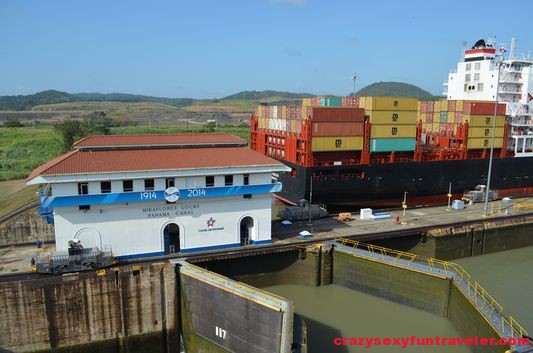
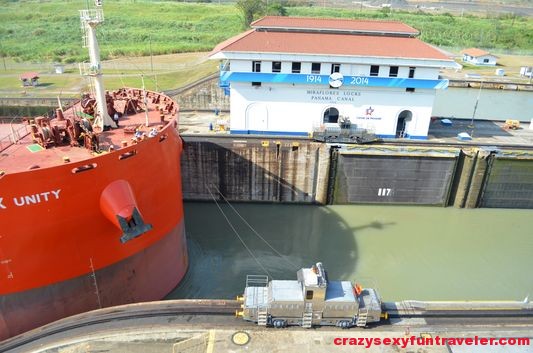
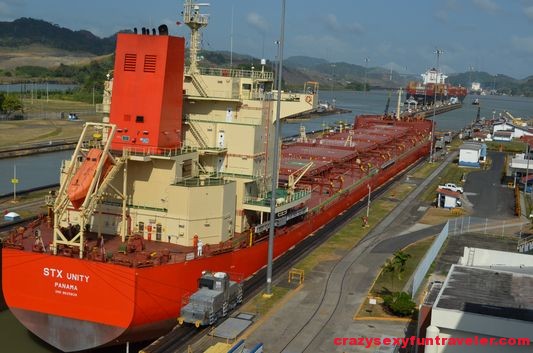

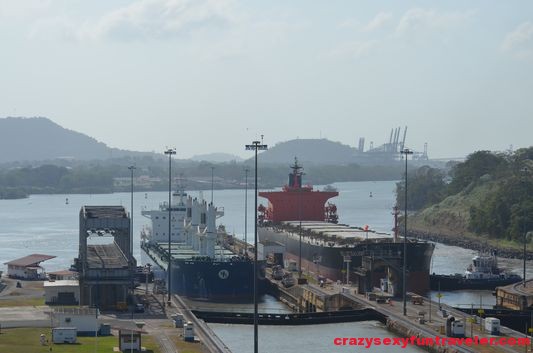
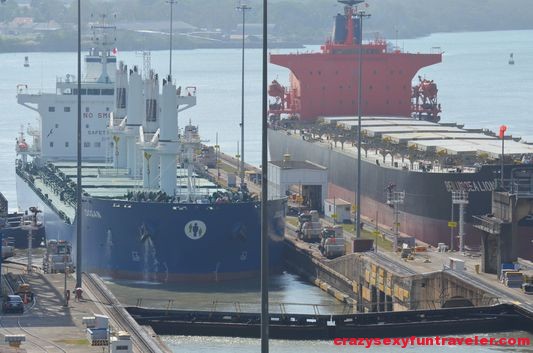
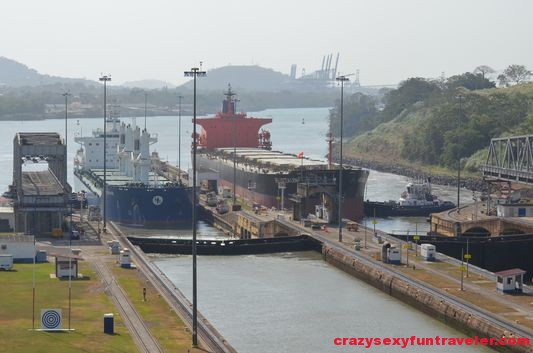

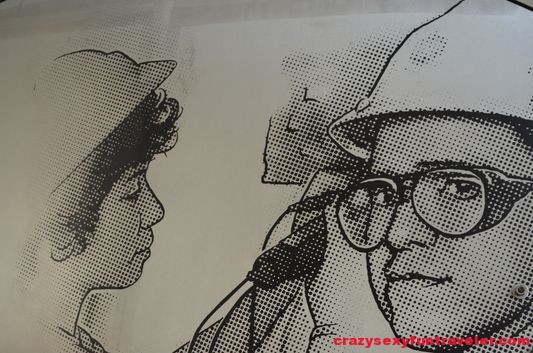
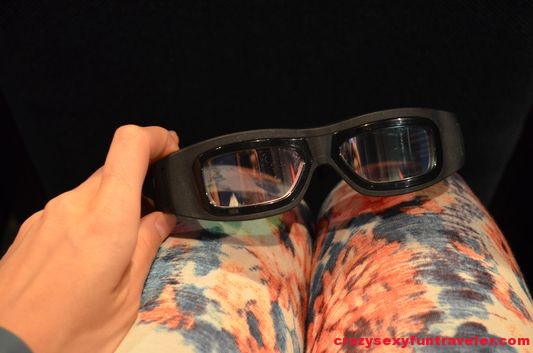
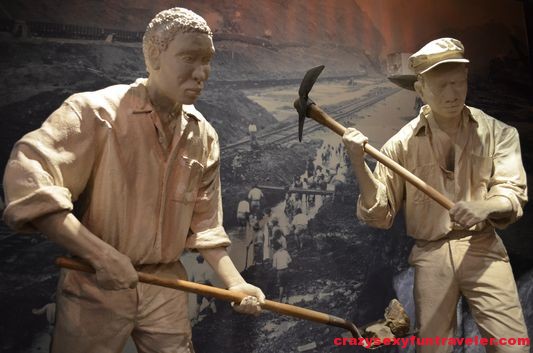
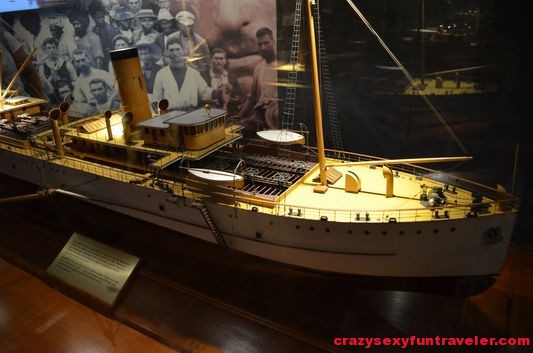
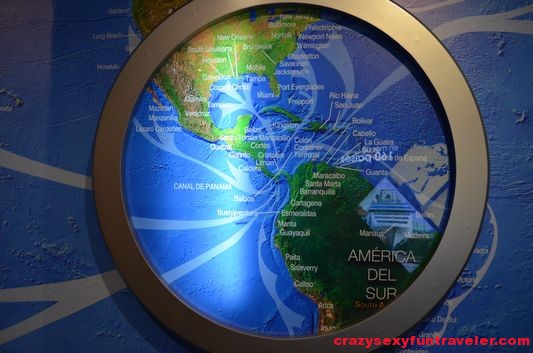
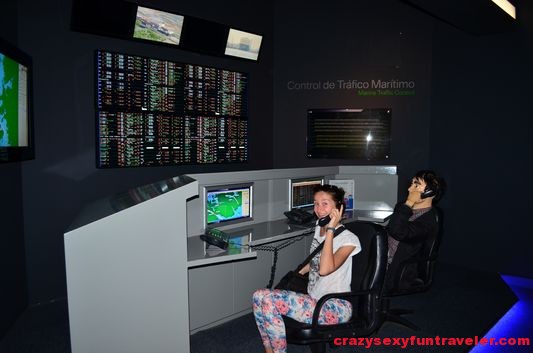
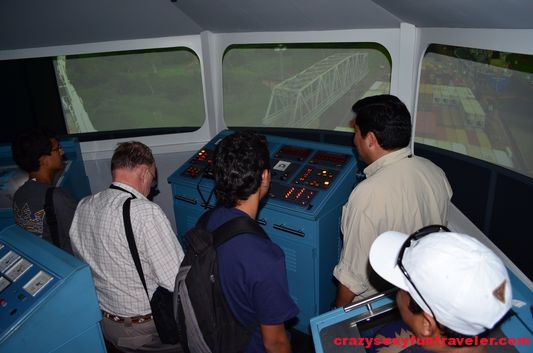
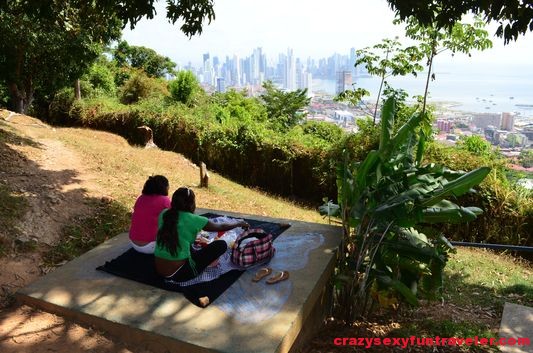
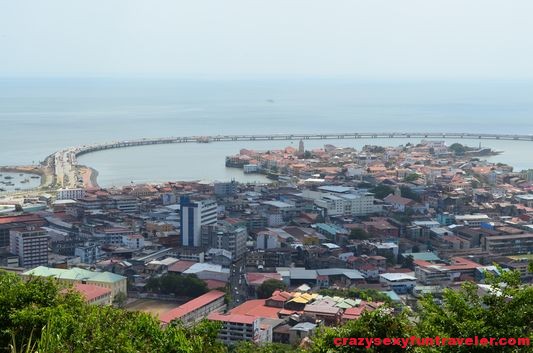
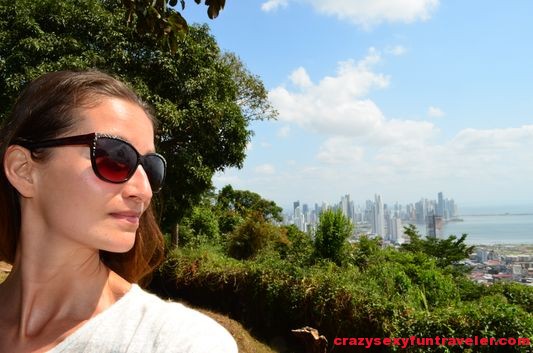
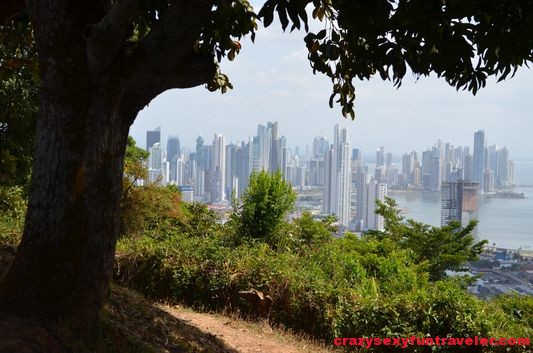
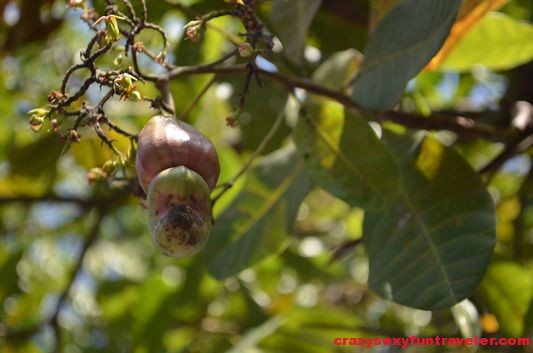
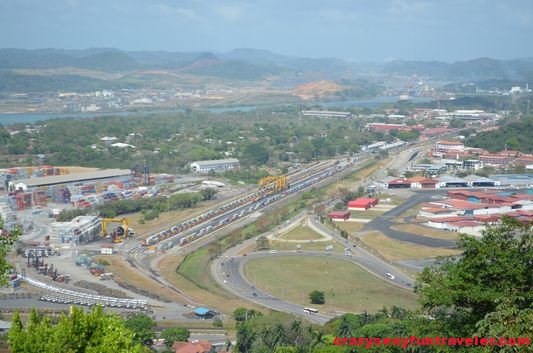
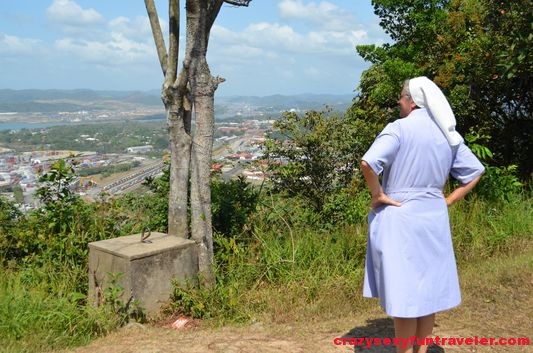
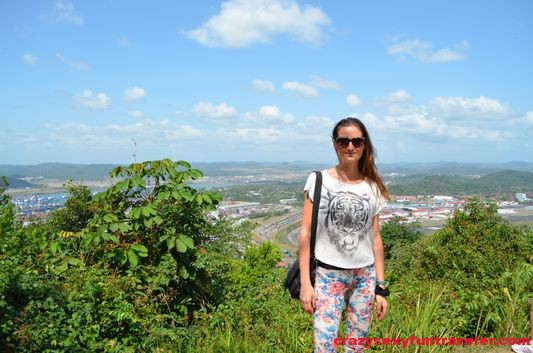
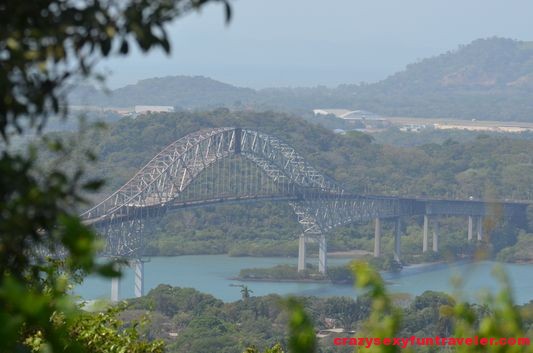
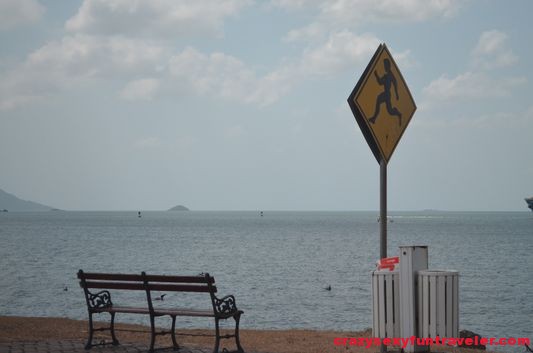
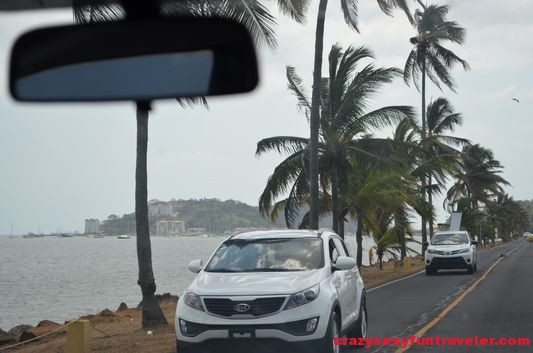
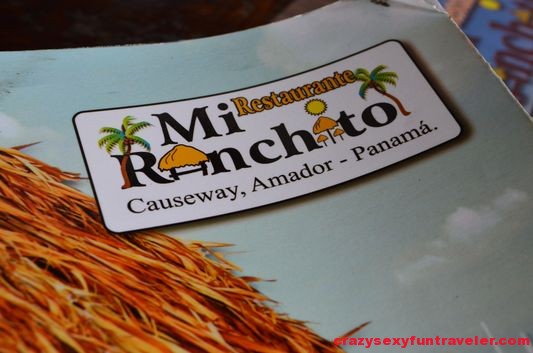
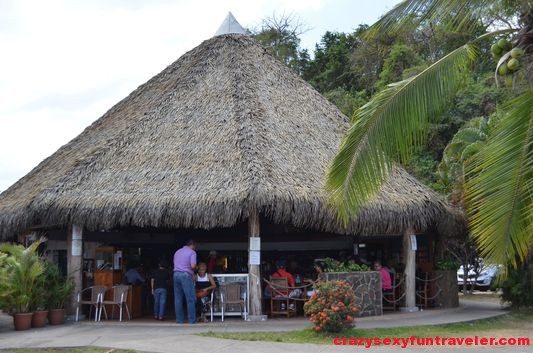
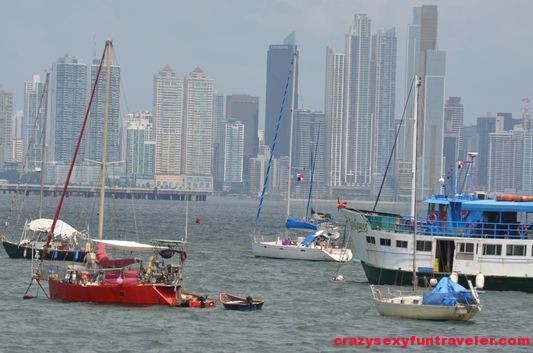
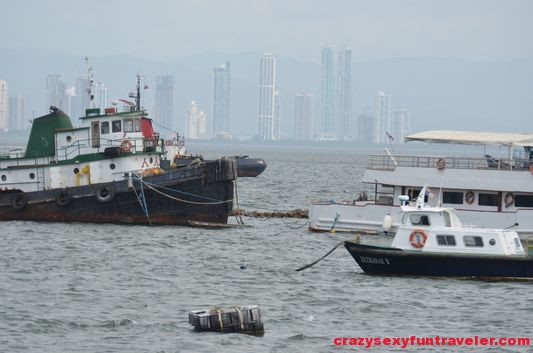
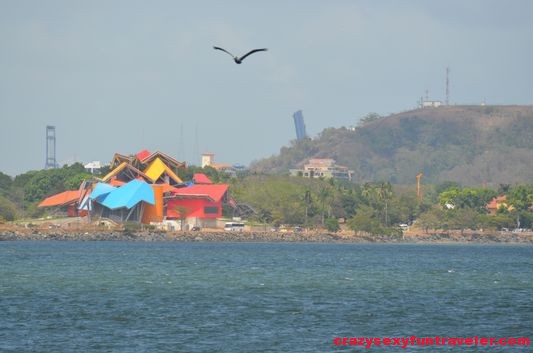
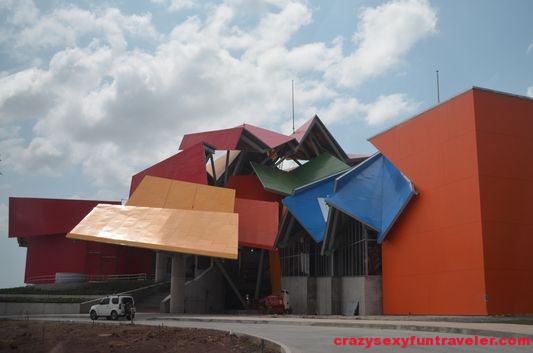
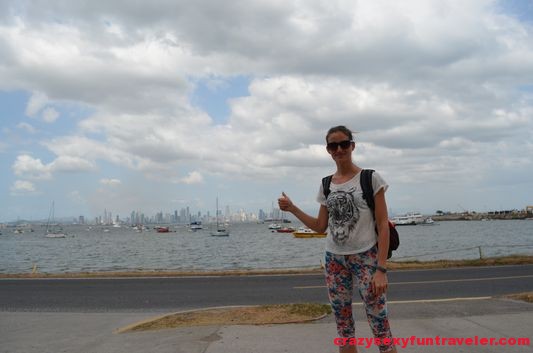
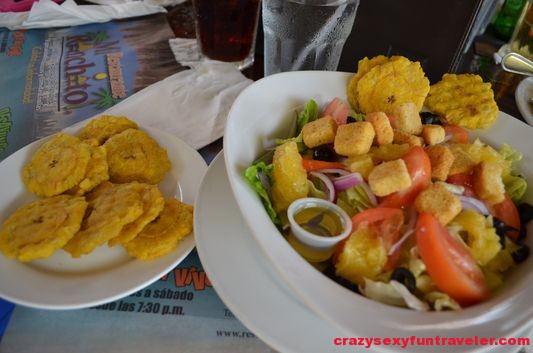
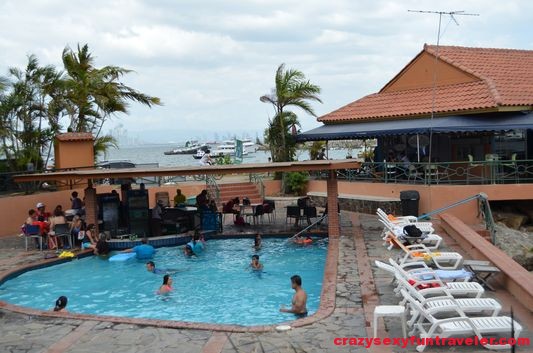
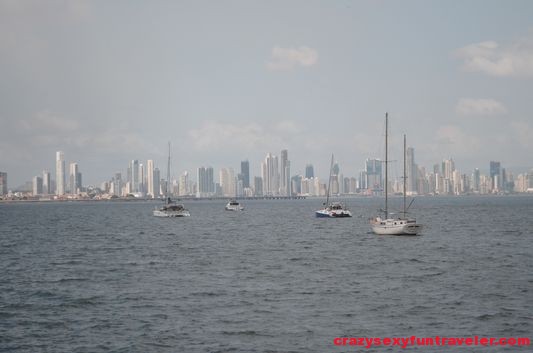
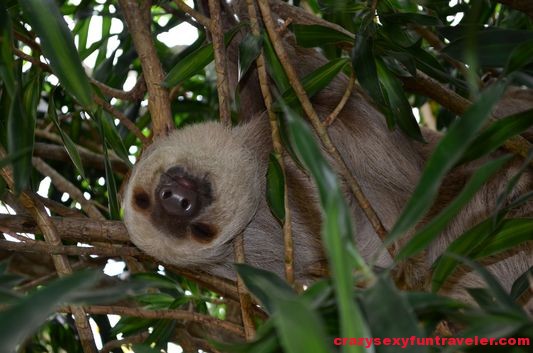
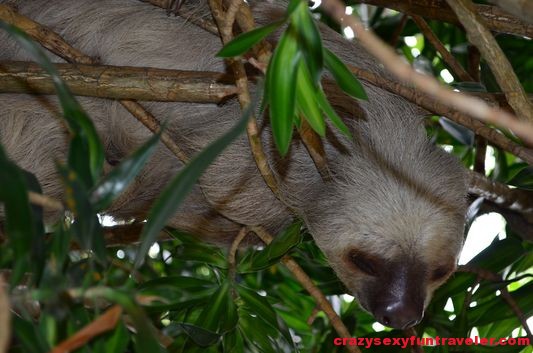
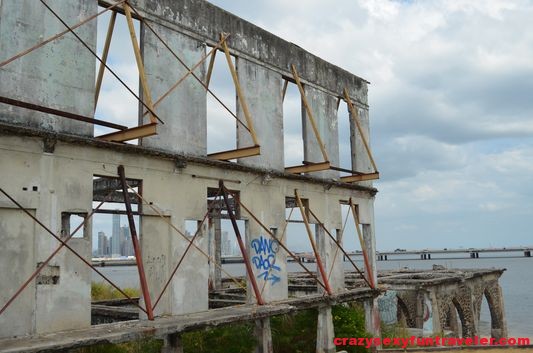
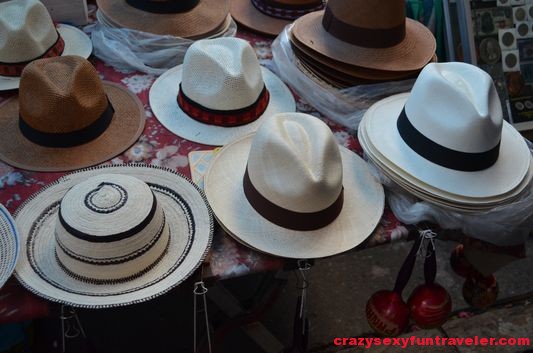
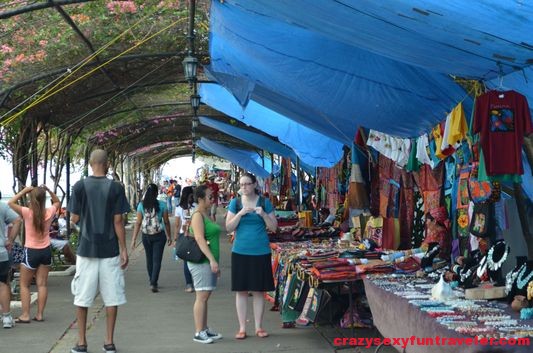
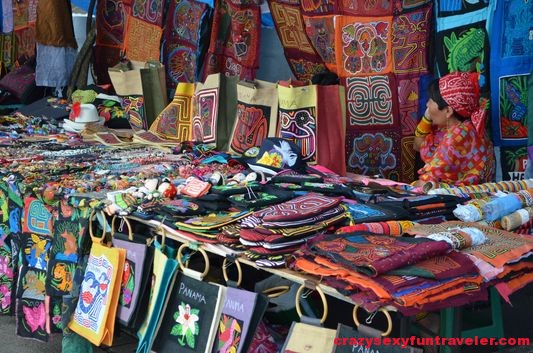
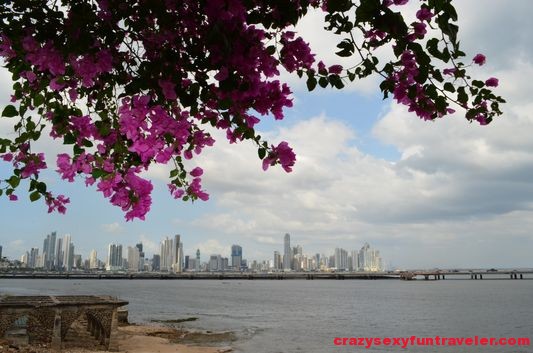
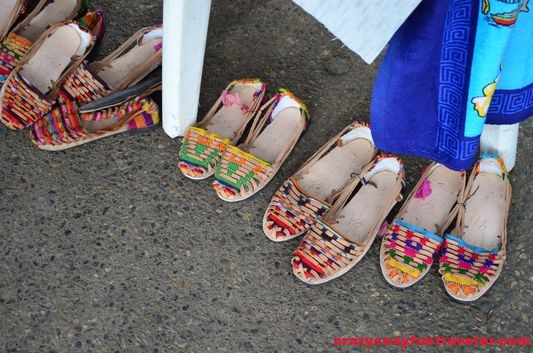
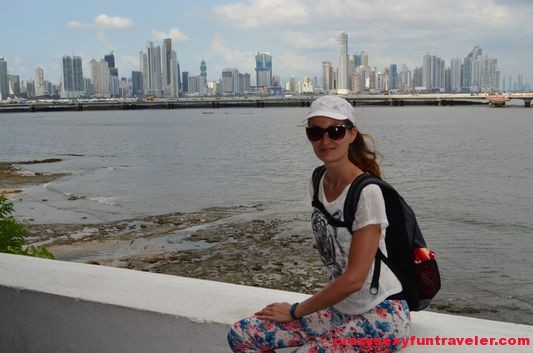
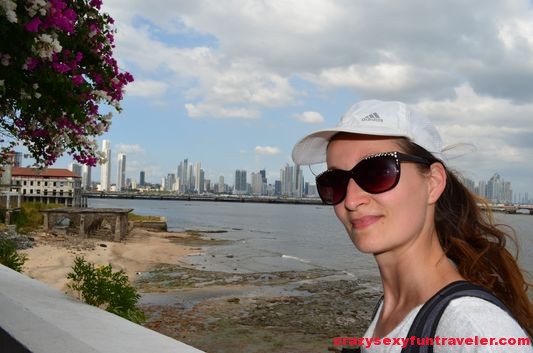
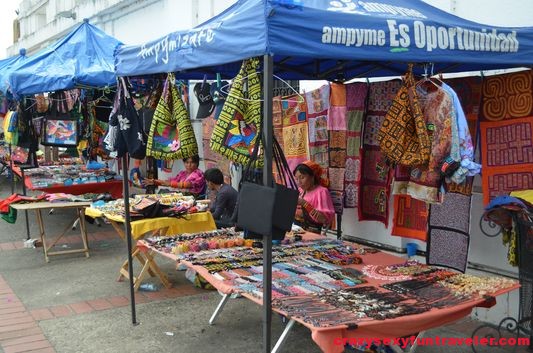
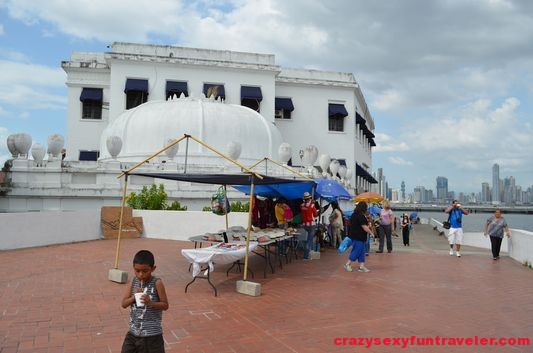
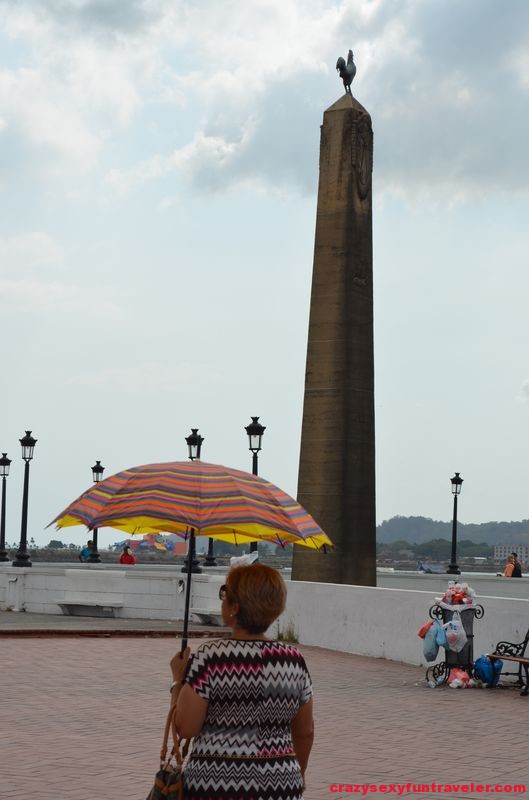
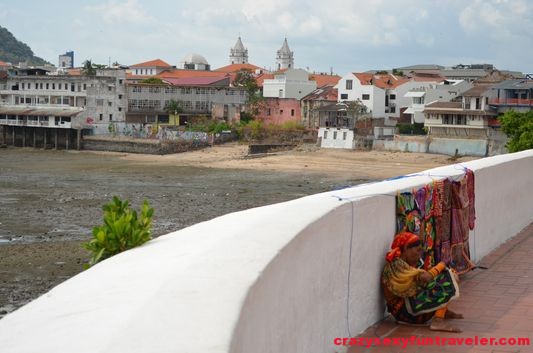
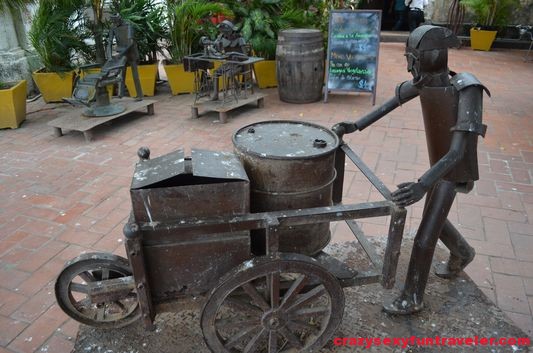


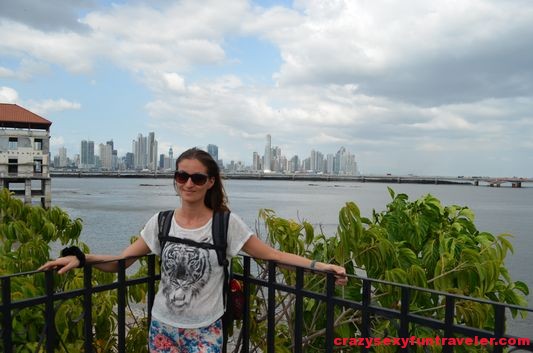
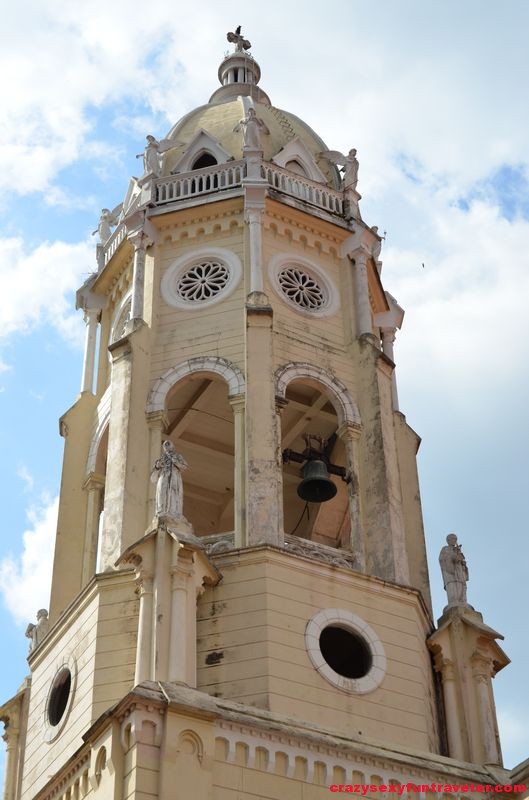
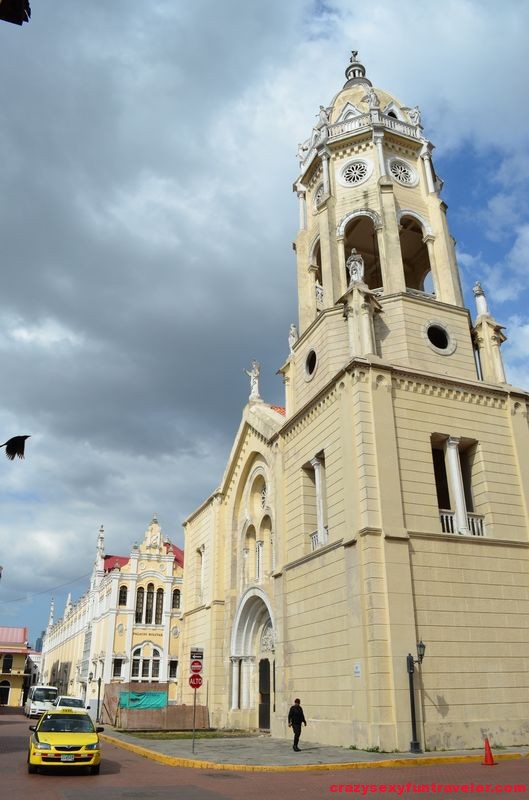
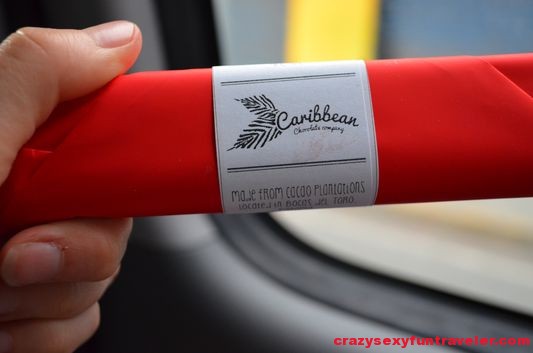
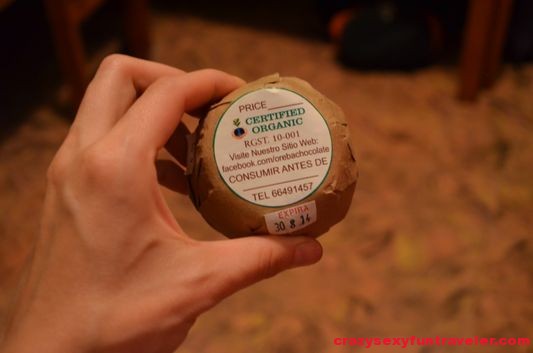
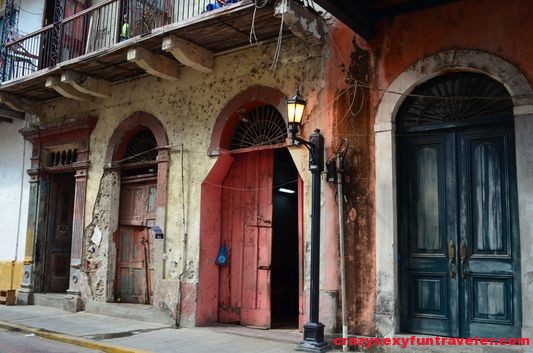
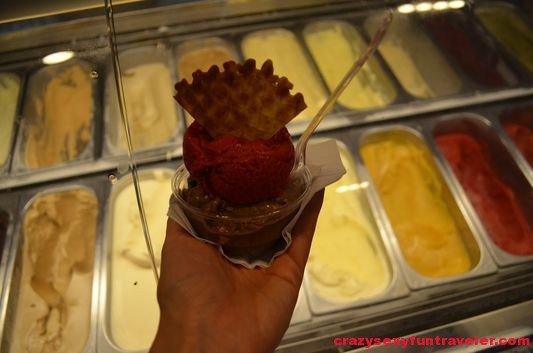
Felipe Londoño
| #
PANAMA EXCELENTE PAIS, PARA CONOCER, Y DESCANSAR, ES UN PAIS PEQUEÑO PERO MUY ATRACTIVO PARA TURISMO, IGUAL QUE CALI COLOMBIA, LA FAMOSA CAPITAL DE LA SALSA.
Crazy Sexy Fun Traveler
| #
Panama es en serio un lugar extraordinario para visitar :)
Frank
| #
Those supertall skyscrapers that Panama City has never fail to impress me, but I never knew that there was an actual rainforest within city limits … makes me more excited for my visit this fall!
ChinaMatt
| #
This brings back great memories of my few days in Panama City. Such an amazing trip, plus I got to use Spanish I learned 12 years earlier.
Crazy Sexy Fun Traveler
| #
Did you still remember your Spanish after so many years? Wow, thumbs up :)
Leslie
| #
Great article Alex. Lovely meeting u this week at blue OSA. Leslie
Crazy Sexy Fun Traveler
| #
Aw, so sweet of you to comment and get on the same tour when you are in Panama City :)